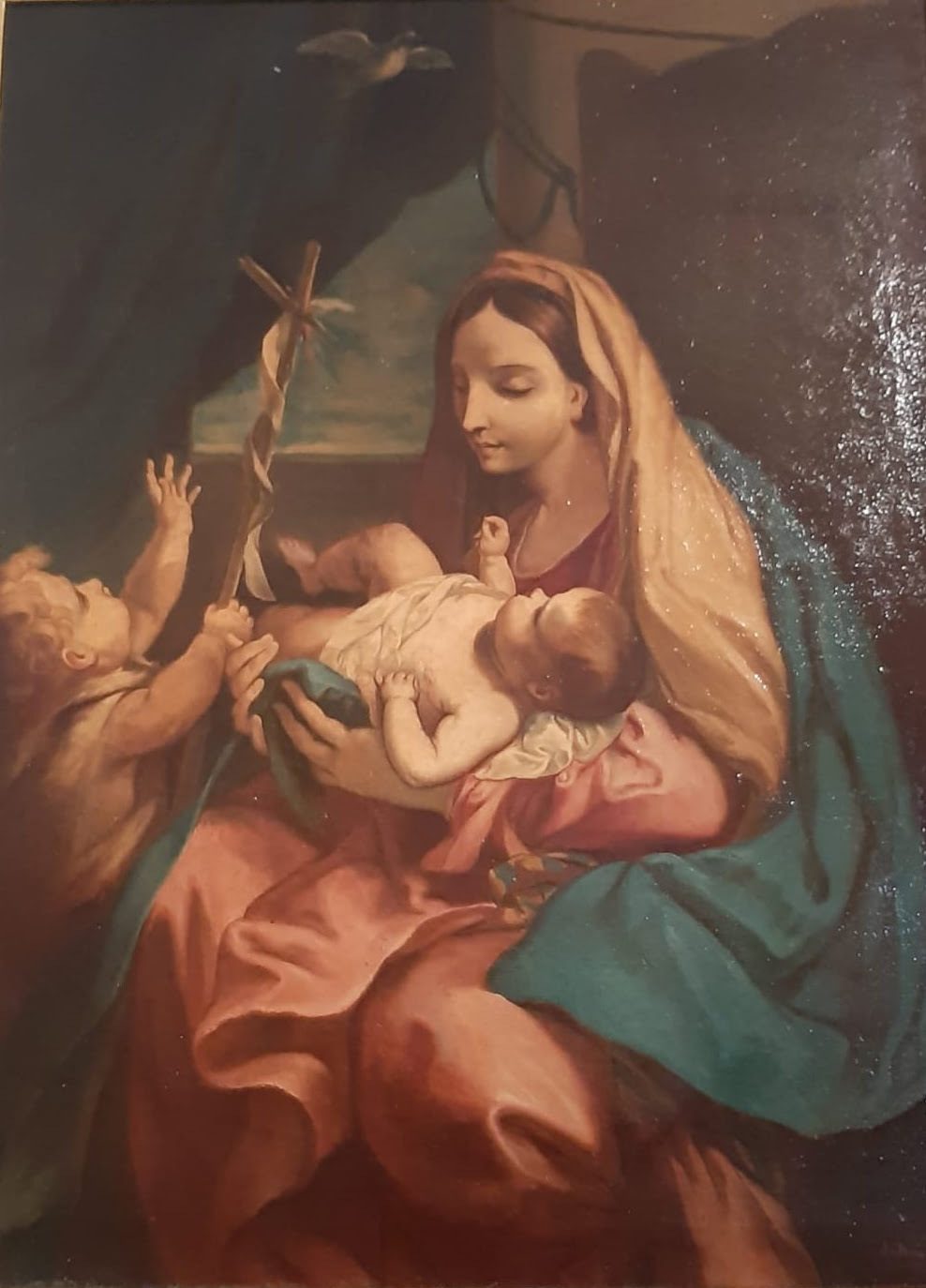Samuel Bugeja – Paintings


Samuel Bugeja was born in 1920 and son of a wood carver, Adam from Rabat Malta. It is no surprise that Samuel at a very young age spent much time at his father’s workshop at Saqqajja Hill, Rabat. Samuel quickly became a very skilled wood carver and at the young age of 23 years had to support his mother and siblings after his father passed away at an early age during the Second World War.
It is not often one finds an accomplished artist like Samuel Bugeja. Whilst his wooden sculptures are some of the most emotional, charismatic and highly acclaimed creations, Samuel was also the leading art restorer in Malta at the time.
In 1942, Samuel was employed by the famous Antonio Sciortino as a restorer at the Malta National Museum. Sciortino was instrumental in Samuel’s career and mutual respect between them grew extensively.
After the war, in 1948-49, Samuel was awarded a two-year Government scholarship to further his studies in art design and sculpture at the Leicester College of Art, England. Later in 1955-56, he was awarded a highly prestigious one-year scholarship to study art restoration at the Accademia del Restauro (Istituto Centrale Del Restauro) in Rome, Italy. Samuel was under the guidance of the much renowned Cesare Brandi.
Samuel spent many years teaching art including a long period as the Head of the School of Art in Malta. Besides his many sculptures and major restorations, along the years, Samuel created many paintings and sketches.
Samuel Bugeja used various mediums, oils, pencil, red and black charcoal, ink and water colour. He went through phases and at one point Samuel had a desire to paint his own interpretation of underwater images in different mediums.

Samuel, in the same way he expressed himself in wood, also created various religious paintings. Including incredible copies as well as original interpretations. This period continued to show his religious demeanour.
Some of Samuel's more spontaneous water colours remain highly impressive. For example, the water colour of the Thinking Man, is exceptional and the talent is clear to see in this incredible work of art.
The interesting part is that seldom did Samuel displayed his paintings, as such many remained in his private home or stacked behind after each other in his studio.
This section is dedicated towards Samuel Bugeja's drawings and paintings, many of which have never been seen before.